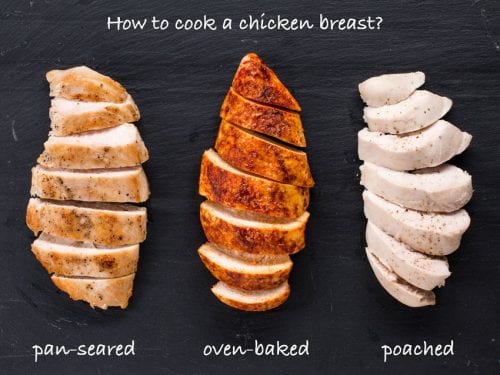
Chicken is one of the best sources of high-quality protein and essential vitamins, minerals, and nutrients. The nutritional differences between all the cuts are pretty small. Dark meat generally has a bit more saturated fat than the white meat portions. If you are concerned about adding fat to your diet, you can remove the skin, which is a storehouse of almost all fat found in chicken.
Significant nutritional differences arise in chicken results from the preparation method. If you add a lot of fat or empty calories, you change the nutritional reality of the food. Chicken is best for you when it is baked in oven or stir-fried with vegetables. Chicken meat is a lean protein source and has less fat compared to other meats. Drinking clear chicken soup of broth can be useful to recover faster in cold and flu. Leaving chicken with skin in boiling water gives a nice flavour to the soup with added salt, herbs and spices.
Cooking entire chicken or pieces with bones in water dissolves its connective tissues and useful nutrients in the water for bodies use. You can choose to use or drink the broth after boiling meat as it is laden with healthy fats, collagen, amino acids, minerals, vitamins. When chicken is boiled, the water-soluble nutrients move from chicken meat to the water-broth. So if you don’t want that to happen, you can steam the chicken, which will ensure that all nutrients in chicken remain in the meat, keeps it moisturised and kees the meat is not compromised.
You can bake chicken at 350 F until brown; by putting chicken parts in a baking pan, rubbing some olive oil and surrounding it with handful amounts of garlic, lemon, carrots. Boiling food is the healthiest way to cook than frying, grilling, and other methods that involve additional oils and other fats. Frying or grilling in open flames can lead to the creation of harmful complexes due to hydrogenation. So prefer using methods which don’t involve a lot of frying.
